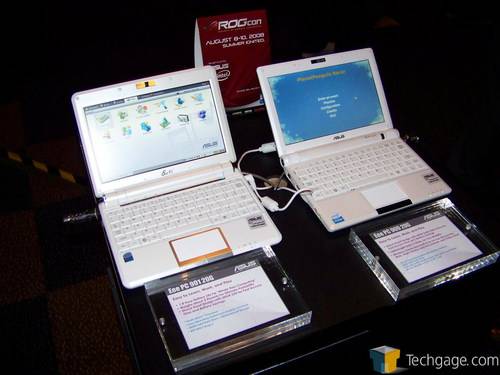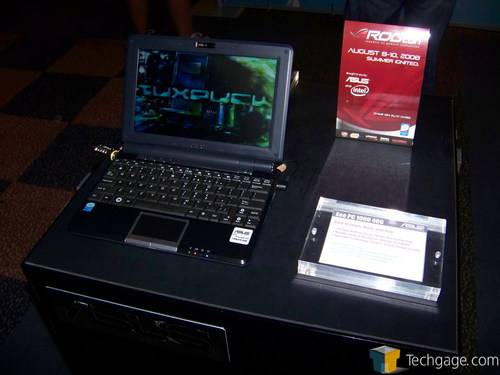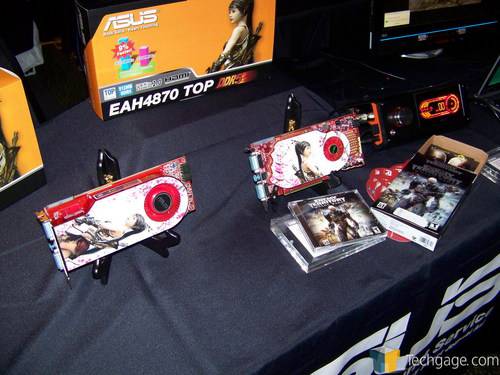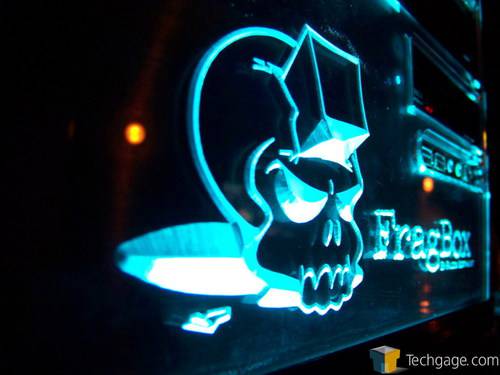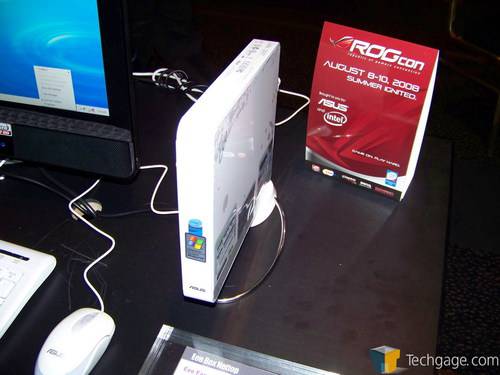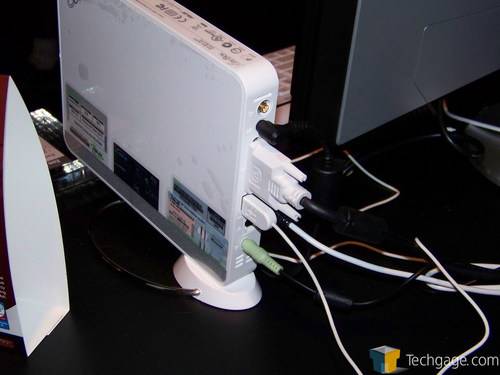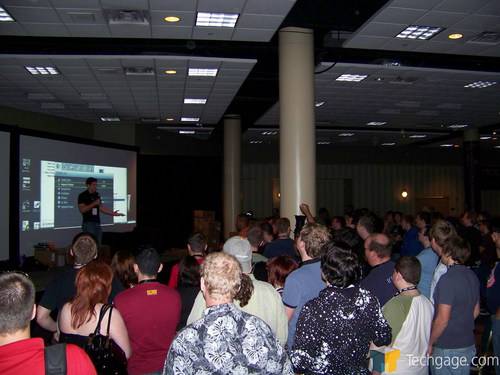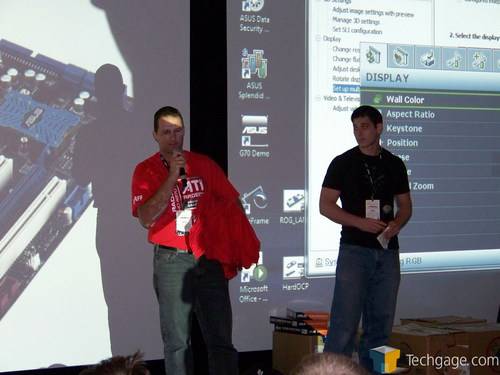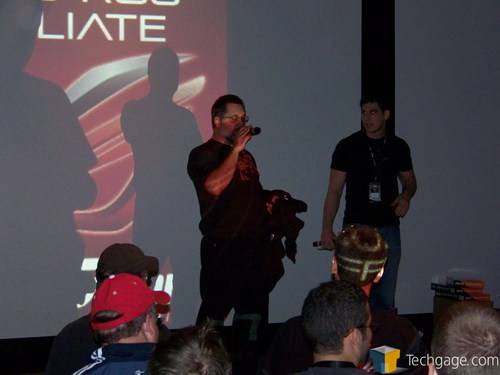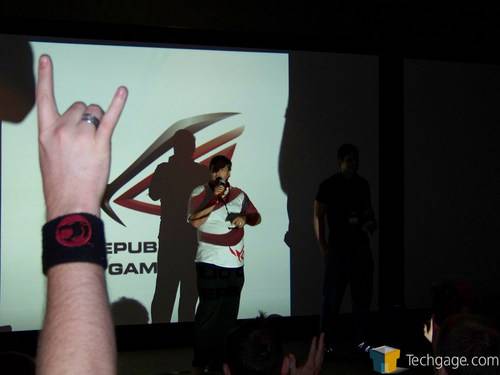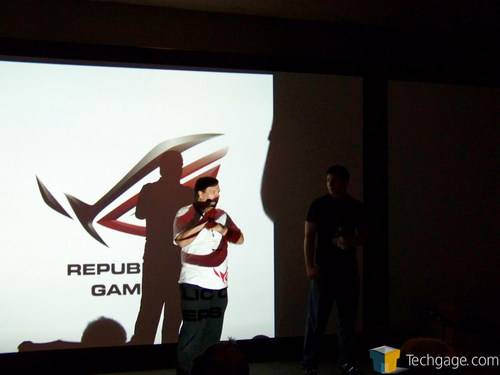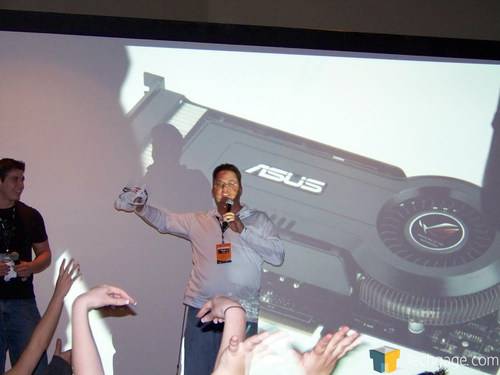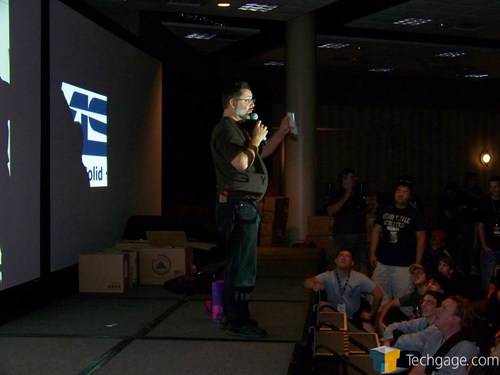- Qualcomm Launches Snapdragon 4 Gen 2 Mobile Platform
- AMD Launches Ryzen PRO 7000 Series Mobile & Desktop Platform
- Intel Launches Sleek Single-Slot Arc Pro A60 Workstation Graphics Card
- NVIDIA Announces Latest Ada Lovelace Additions: GeForce RTX 4060 Ti & RTX 4060
- Maxon Redshift With AMD Radeon GPU Rendering Support Now Available
ASUS Republic of Gamers Convention: Part 2
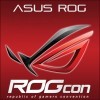
The ASUS RoG Con is done and over with, so we take a look back at what made the weekend so great. Depending on who you ask, the LAN was a great success, with nobody leaving without some sort of swag in their hand. But, there was so much more to it than just that. Will we see another? We sure hope so.
Page 1 – Introduction
With the first annual ASUS RoG Con in the books, and one article already up for your viewing pleasure, the LAN as a whole was a mixed bag of opinions for us. Starting last Friday, August 8th and running into the early evening on Sunday the 10th, RoG Con was a weekend full of activities, gaming and pizza. Having been to our fair share of smaller LANs, we know the work that goes into these events born out the labor of a handful of volunteers.
Most parties like Asylum LAN in southern Indiana and Stompfest in Indianapolis are labors of love for the few that organize setup and ultimately tear down the venues. RoG Con on the other hand, while still staffed full of workers, was backed by some of the biggest names in the industry. Organized and primarily sponsored by ASUS, the LAN party was a force to be reckoned with from the start. Adding Intel, ATI, Kingston and BenQ into the mix only made the experience that much more promising.
As it turned out, only a few hundred people showed up for the tournament (my best estimate, I could be wrong) and with so many seats unfilled, the ballrooms looked extremely empty. While surely disheartening to the sponsors, this was actually a blessing as it meant for swag for everyone in attendance and as many of you know, there are few things that LAN party attendees love more than good old fashioned swag.
One of the other advantages of having so many high profile sponsors was the extras that each company brought with them. As our previous article outlined, Intel had their rFactor setup that we’ve seen so many times at CES, Kingston had an impressive booth allowing the attendees to get their back sides handed to them by gamers who are paid to do just that and BenQ allowed everyone to Wii-it-up on their latest projectors (which looked incredible). ATI even had a booth allowing anyone to walk up and have a word with their employees as well as sit a spell and play some Wii, appropriately powered by an ATI video chip.
As we touched upon in our first article, ASUS was showing off anything and everything Eee. In attendance were the ASUS Eee 900, the 901 and the nicest offering so far, the 1000. I spent sometime with each of these, mostly with the 901, and while I would hate to work on any of these for extended amounts of time, I do see the inherent value in their diminutive size. The operation of the netbooks was simple and to the point and even locked down, their weight could be immediately appreciated as well.
Making another appearance out in public was the XG Station, ASUS’ attempt in expanding the graphical power of any external PCI-E equipped notebook by adding another video card to the system. We first saw this at CES and the attention it garnered was well deserved. Gaming on notebooks has been a long time negative on all but the most expensive laptops and even then, performance hasn’t exactly been top notch when compared to their desktop counterparts. ASUS has wanted to help alleviate this low point by providing an external solution, thus we have the XG.
One of the best displays was the SFF Falcon Northwest FragBox. The front of these PCs deserve best of show consideration wherever they show up.
Moving back to the Eee Box nettop machine, I am amazed how good of a job ASUS has done on this machine. While I personally never bought into the hype surrounding the Eee notebook once the pricing started to creep up, I can’t help but think how nice the Eee Box would look in my home. Providing a good amount of connection options, including wireless, the Eee Box is a winner all around based upon my initial experiences with it at RoG Con.
Once the workshops started, things got interesting. Finally chances arose for the attendees to get their hands on the swag they desperately wanted. On hand was Kingston, giving a quick demonstration on how to overclock memory. Also, ATI hopped up on stage to talk about their new lineup of 48xx video cards, which clearly got the crowd excited.
Next up was Intel. Giving everyone a quick reminder of Larabee, and discussing their dominance of the high end CPU market, Intel’s talk was brief but as a sponsor, they were entitled to their time on stage.
While the swag at this point was kept to a minimum, no one complained with BenQ tossed out actual soccer shirts.
Kingston did a very good job of breaking down the functionality of memory overclocking and their entire workshop was clearly beneficial for most everybody who listened to it.
It should be said that Kingston was pretty good at out handing out the swag too!
Support our efforts! With ad revenue at an all-time low for written websites, we're relying more than ever on reader support to help us continue putting so much effort into this type of content. You can support us by becoming a Patron, or by using our Amazon shopping affiliate links listed through our articles. Thanks for your support!




